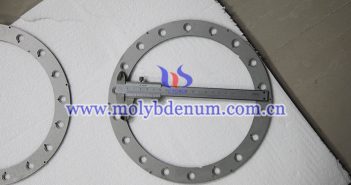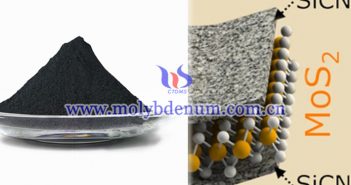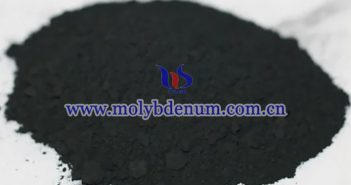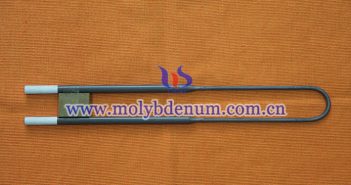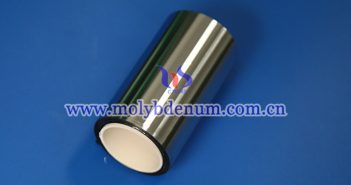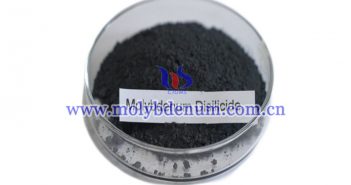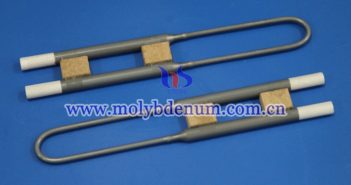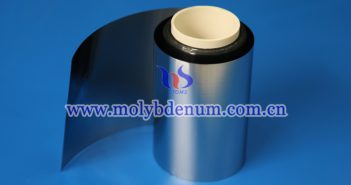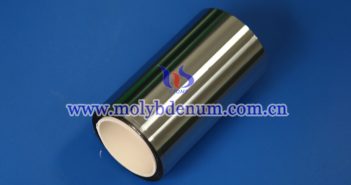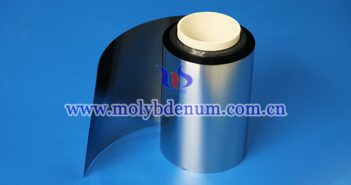
Molybdenum foil is a thin sheet of molybdenum metal, typically used for high-temperature applications, radiation shielding, and electrical conductivity. The regular thickness of this metal foil can vary, depending on the specific application. It is typically available in thicknesses ranging from 0.001 inches (0.025 mm) to 0.005 inches (0.127 mm). The exact thickness depends on the requirements of the application and the manufacturer’s specifications. For example, thinner foils may be used for applications where high electrical conductivity is required, while…

